
Maryland Frozen Pipe Prevention – Emergency Response
Introduction:
Frozen pipes are a common problem in Maryland during the winter months. Several factors can contribute to frozen pipes, including cold weather, poor insulation, drafts, and power outages. Homeowners can prevent frozen pipes by insulating pipes, sealing air leaks, letting a faucet drip, opening cabinet doors, and disconnecting outdoor hoses. If you do have a frozen pipe, you can thaw it out by applying heat, wrapping it with towels, or calling a plumber. It is important to note that you should not try to thaw a frozen pipe with an open flame.
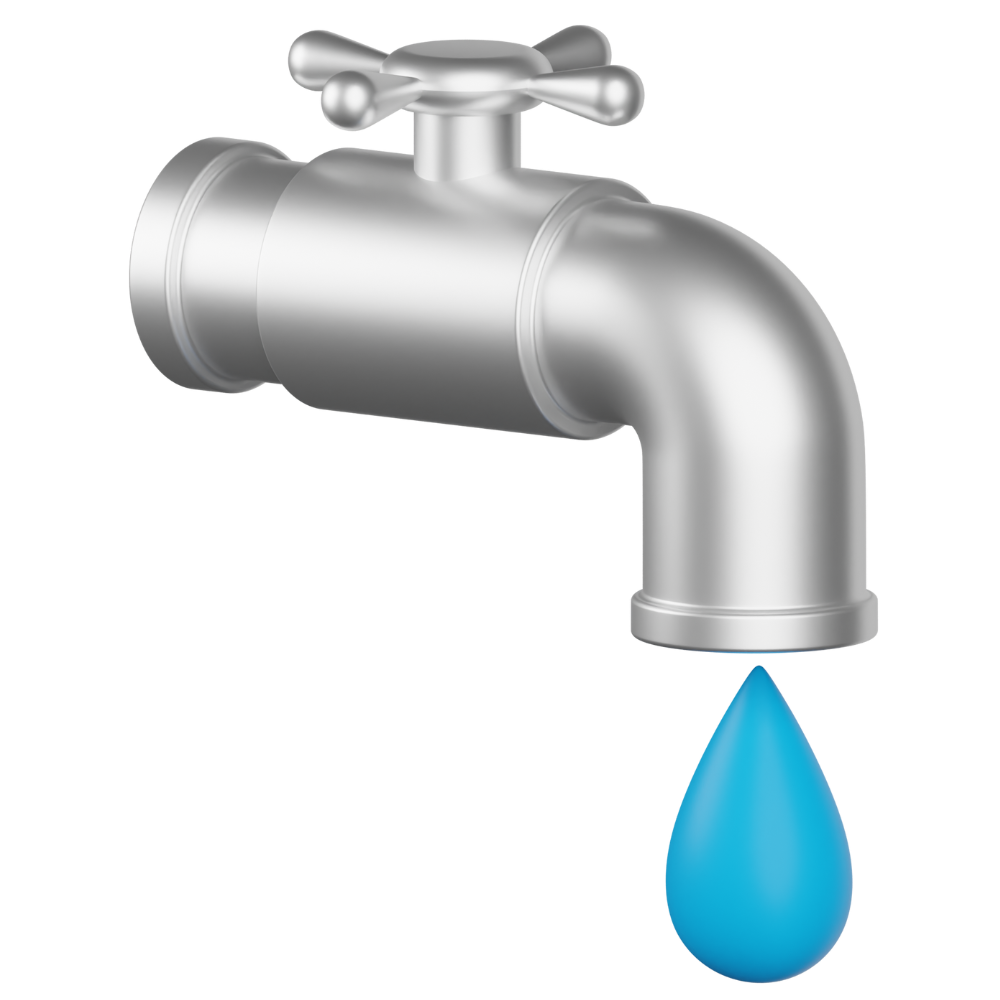
Have Questions About Frozen Pipes?
Seadmok serves Greater Baltimore & Washington D.C.
Let’s Get Started
Prepare for winter by inspecting pipes and insulation, insulating pipes in unheated areas, sealing air leaks, disconnecting outdoor hoses, and setting up a drip system. If a pipe freezes, thaw it out by applying heat, wrapping it with towels, or opening cabinet doors. Contact a plumber if you can't thaw the pipe yourself.
Understanding the Risks
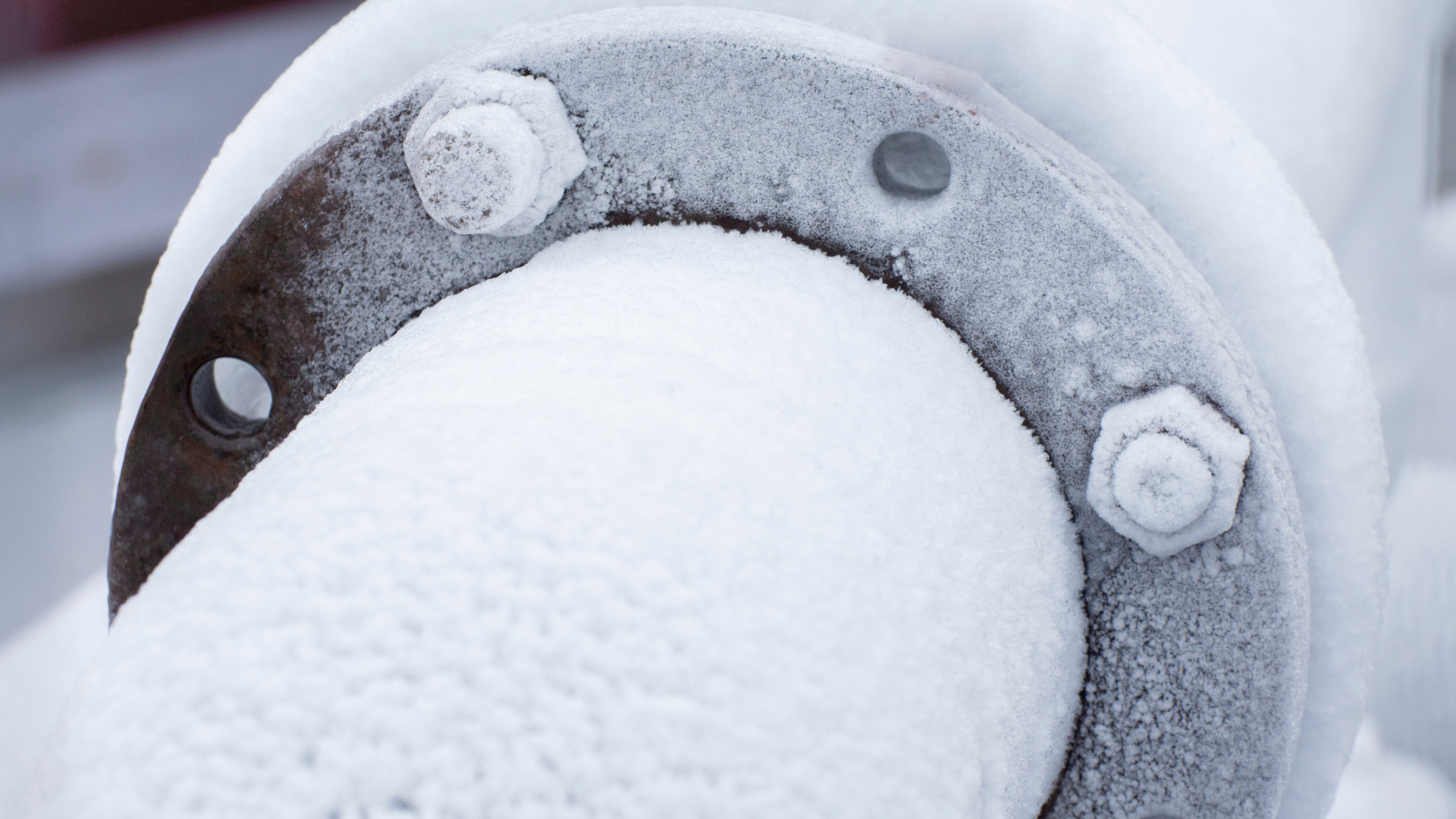
Why Pipes Freeze
Pipes freeze when the temperature of the water inside them drops below freezing. This can happen for several reasons, including cold weather, poor insulation, drafts, and power outages.
Commonly Affected Areas in Homes
Pipes located in unheated or uninsulated interior areas are at the highest risk of freezing, such as basements, crawl spaces, and unheated interiors. To prevent frozen pipes in these areas, insulate any exposed pipes and consider installing a space heater or vent fan.
Potential Damage and Costs
Frozen pipes can cause significant water damage, mold growth, and pipe bursts, leading to costly repairs. The cost of repairs can vary depending on the extent of the damage, but it can easily run into the thousands of dollars.
To prevent frozen pipes, insulate pipes in unheated areas, seal air leaks, let a faucet drip slowly, open cabinet doors, and disconnect outdoor hoses. If a pipe does freeze, thaw it out as soon as possible by applying heat or wrapping it with towels. If you are unable to thaw the pipe yourself, contact a plumber.
Prevention Measures
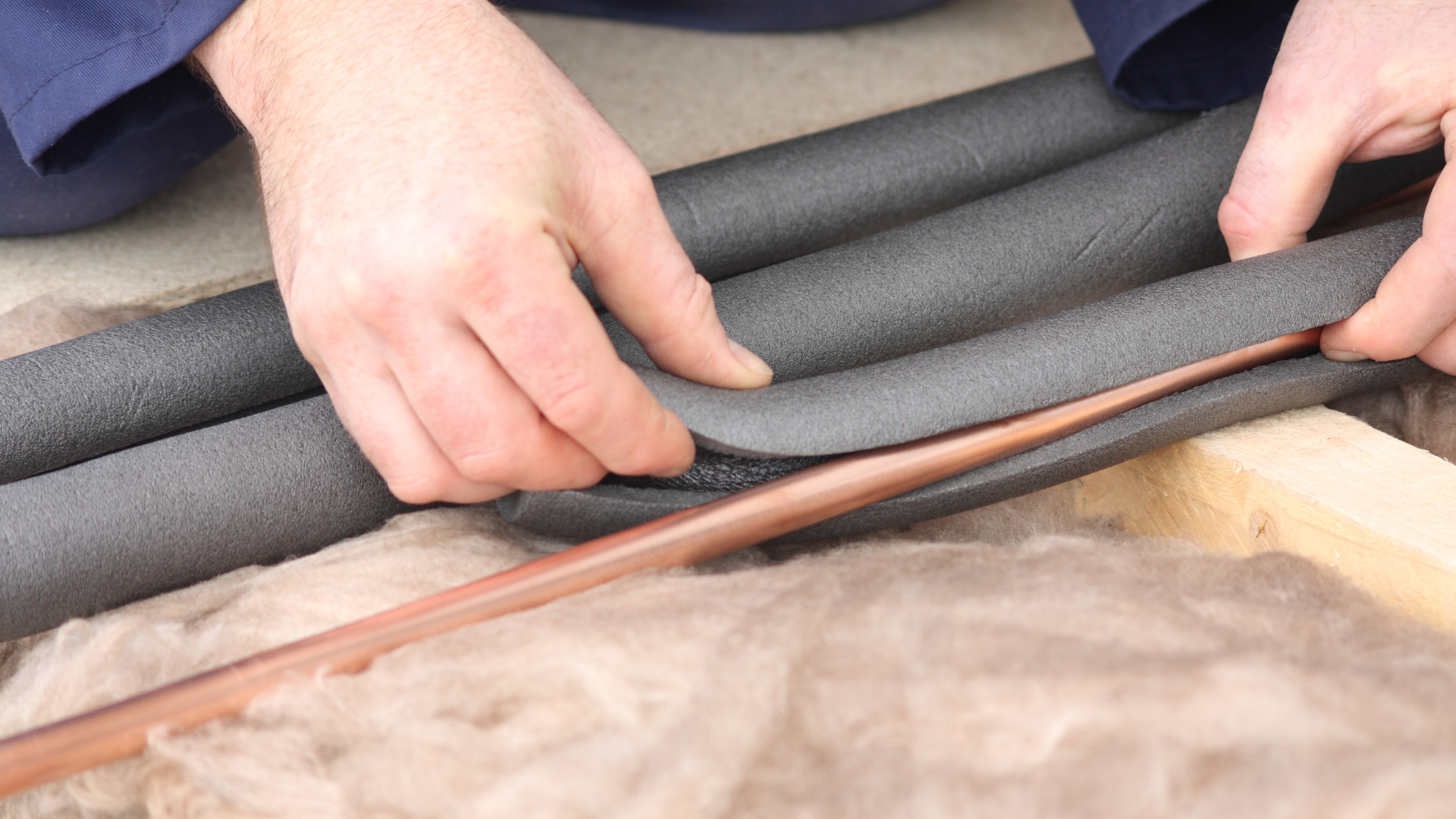
Insulation
Insulating pipes is one of the most important things you can do to prevent them from freezing. There are two main types of pipe insulation: foam insulation and fiberglass insulation. Foam insulation is lightweight and easy to install, while fiberglass insulation is more durable and long-lasting. To insulate pipes in unheated areas, purchase insulation specifically designed for these types of areas. Insulating pipes in exterior walls may also be necessary.
Controlled Heating
Thermostats play an important role in preventing pipes from freezing by regulating the temperature of the air inside your home. Maintaining a consistent temperature is important, as fluctuating temperatures can cause the water inside your pipes to freeze and thaw repeatedly, putting stress on the pipes and eventually causing them to burst. Programmable thermostats can help you maintain a consistent temperature inside your home, even when you are away. They offer several benefits, including energy savings, convenience, and peace of mind.
Pipe Relocation for Vulnerable Areas
Pipe relocation may be necessary for several reasons, including to avoid freezing, damage, or to make repairs. It may also be done to improve the aesthetics of a home or property or to comply with building codes. Homes in cold climates, flood-prone areas, and homes with old or damaged plumbing are more likely to need pipe relocation. The benefits of pipe relocation include preventing freezing, avoiding damage, improving aesthetics, and complying with building codes. The drawbacks include the cost, disruption, and the need for permits.
Seal Gaps and Cracks
Cold air can infiltrate your home through a variety of gaps and cracks, including around windows and doors, electrical outlets, plumbing pipes and vents, the foundation, the attic, and the fireplace. To seal these gaps and cracks, you can use caulk, weatherstripping, foam sealant, or expanding foam. First, clean the area and then apply the sealant following the manufacturer's instructions. Test the sealant to make sure it is working properly by opening a window or door and feeling for any cold air coming in. If you feel any cold air, you will need to apply more sealant. Inspect your home regularly and seal gaps and cracks as soon as you find them.
Emergency Measures if Pipes Begin to Freeze
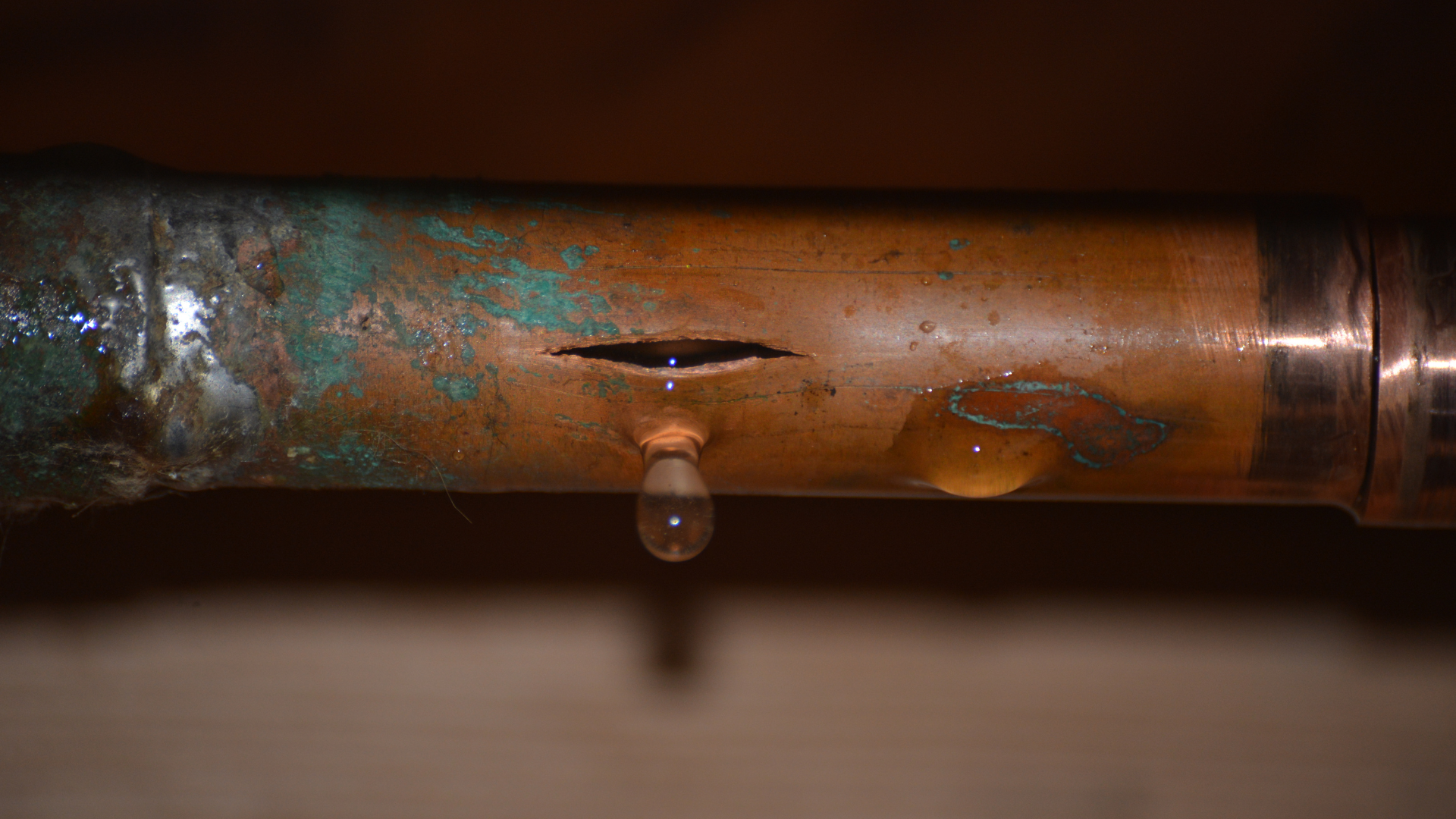
Immediate Steps
If your pipes are beginning to freeze, take the following immediate steps:
- Shut off the water supply to the affected pipe.
- Apply heat to the pipe to thaw it out: use a hair dryer, space heater, or electric heating pad. Be careful not to overheat the pipe.
- Wrap the pipe with towels or blankets to help insulate it and hold in the heat.
- Keep an eye on the pipe and continue to apply heat until it is thawed out completely.
- Once the pipe is thawed out, turn the water supply back on and inspect the pipe for any damage.
- If you find any damage, contact a plumber to repair it.
- Do not use a blowtorch or other open flame to thaw pipes.
- Do not use boiling water to thaw pipes.
- If you have a heat lamp, you can use it to thaw frozen pipes.
- If you have a portable heater, you can use it to thaw frozen pipes.
- If you are unable to thaw the pipe yourself, contact a plumber.
Seeking Professional Help
If you are unable to thaw your pipes yourself, it is important to seek professional help. There are several risks associated with DIY fixes, including overheating the pipes, causing further damage, and making the problem worse. Professionals have the experience and expertise to thaw frozen pipes safely and effectively. They also have the tools and equipment necessary to make the necessary repairs.
Utilizing Technology
Advances in technology have provided several tools and gadgets to help prevent pipes from freezing in cold weather. These include pipe heating cables, smart home monitoring, Wi-Fi shut-off valves, and drain-down alarms. The benefits of using technology to prevent frozen pipes include peace of mind, convenience, and cost savings.
Recovery and Repair
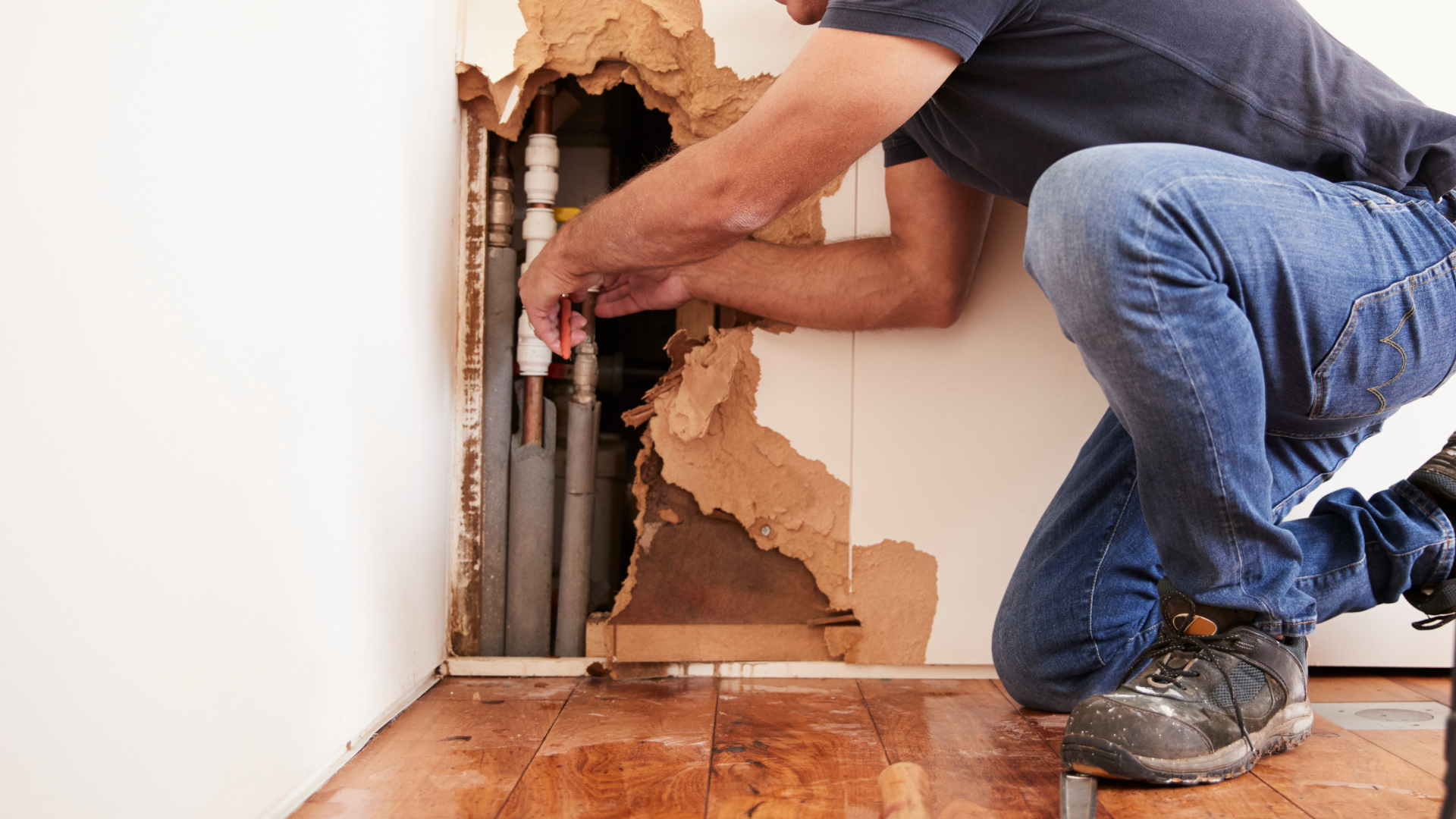
Assessing Damage
To assess the damage from frozen pipes, follow these steps:
- Turn off the water supply to the affected pipe.
- Inspect the pipe for cracks, leaks, or bulges. Mark any damage with tape or a marker.
- Check the surrounding area for water damage.
- Use a wet-dry vacuum cleaner to remove any standing water.
- Develop a plan for making the necessary repairs. Here are some tips:
- Be thorough.
- Don't ignore small cracks or leaks.
- Don't over-tighten the pipes.
- Contact a professional plumber if you are not comfortable making the repairs yourself.
- Take pictures of the damage.
- Contact your landlord if you are renting your home.
- Contact a professional plumber if you have any questions or concerns.
- Stay safe and warm during the cold winter months.
Repairing Burst Pipes
To repair a burst pipe, follow these steps:
- Turn off the water supply to the affected pipe.
- Drain the water from the pipe.
- Cut out the damaged section of the pipe.
- Clean the ends of the pipe.
- Apply a flux to the ends of the pipe.
- Solder the new fitting in place.
- Turn on the water supply and check for leaks. Here are some signs that you should call a professional plumber:
- The burst pipe is located in a difficult-to-access location.
- The burst pipe is extensive.
- You are not comfortable making the repairs yourself. Here are some additional tips:
- Wear safety glasses and gloves when making the repairs.
- Use a pipe wrench to tighten the fittings.
- If you are soldering the new fitting in place, be careful not to overheat the pipe.
- Once the repairs are complete, turn on the water supply and check for leaks.
Preventing Future Freezes
To prevent future freezes, insulate all pipes, seal air leaks, disconnect and drain outdoor hoses, keep the thermostat set to a consistent temperature, let a trickle of water run from a faucet, install a pipe heating cable or heat tape, consider installing a smart home system, and install a shut-off valve on your main water line.
How Seadmok Can Assist in Prevention and Repair

Expertise in Water and Sewer Assets
Seadmok is a water and sewer service company that specializes in pipe repair and maintenance. Their team of experts can also help you develop a plan to prevent pipe problems in the future. The benefits of using Seadmok's services include peace of mind, cost savings, increased property value, and environmental benefits.
Emergency Response Team
Seadmok's emergency response team is available to resolve any pipe emergencies quickly and efficiently.
They are equipped with the latest tools and technology and have a large fleet to respond to emergencies as quickly as possible.
In the event of a water emergency, Seadmok Water can only work on the exterior of buildings, both public and private. They can shut off the water at the meter and replace the water line from the meter to the house. However, an indoor plumber will be needed to make the connection inside the house once Seadmok Water has brought the water line to the outside of the building.
Client Testimonials
Here are some client testimonials about Seadmok's help with frozen pipes:
- "I was so worried when my pipes froze last winter. I called Seadmok and they were out to my house within hours. They quickly and efficiently thawed out my pipes and made sure that there was no further damage. I was so grateful for their help!" - Client 1
- "I had a burst pipe in my basement last month and I didn't know what to do. I called Seadmok and they were there within minutes. They quickly and efficiently repaired the pipe and cleaned up the mess. I was so impressed with their professionalism and customer service. I would highly recommend Seadmok to anyone with a plumbing problem." - Client 2
Contact Seadmok to Assist with Frozen Pipe Prevention

Maryland residents should take proactive measures to prevent frozen pipes, such as:
- Insulating
- Sealing air leaks around pipes.
- Disconnecting and draining outdoor hoses before the first frost.
- Keep the thermostat set to a consistent temperature, even when you are away from home.
- Letting a trickle of water run from a faucet on an exterior wall during cold weather.
- Installing a pipe heating cable or heat tape on exposed pipes
- Consider installing a smart home system that can monitor your pipes for temperature changes and leaks.
- Be aware of the weather forecast and take steps to protect your pipes before a cold snap.
- If you are going to be away from home for an extended period, have a friend or neighbor check on your home and make sure that the heat is turned on and that the pipes are not frozen.
- If you have a well, make sure that the well pump is insulated and that the well casing is sealed.
- If you have a septic system, make sure that the septic tank and drain field are insulated.
Let’s Get Started
Early preparation and quick response are essential to preventing and recovering from frozen pipes. If you do have a frozen pipe, act quickly to thaw it out and prevent further damage:
- Turn off the water supply to the affected pipe.
- Apply heat to the pipe using a hair dryer, space heater, or electric heating pad.
- Wrap the pipe in towels or blankets to help retain heat.
- Once the pipe is thawed, inspect it for damage. If the pipe is damaged, you will need to repair or replace it. If you are unable to thaw the pipe yourself, or if the pipe is damaged, call a professional plumber.
As winter approaches, it is important to take steps to protect your home from frozen pipes. One of the best ways to do this is to have your home inspected by a professional plumber. A plumber can identify any potential problems with your pipes and recommend solutions to help you avoid costly repairs down the road.
Seadmok is a water and sewer service company that specializes in pipe inspection and repair. Seadmok's team of experts has the knowledge and experience to help you prevent and repair frozen pipes.
